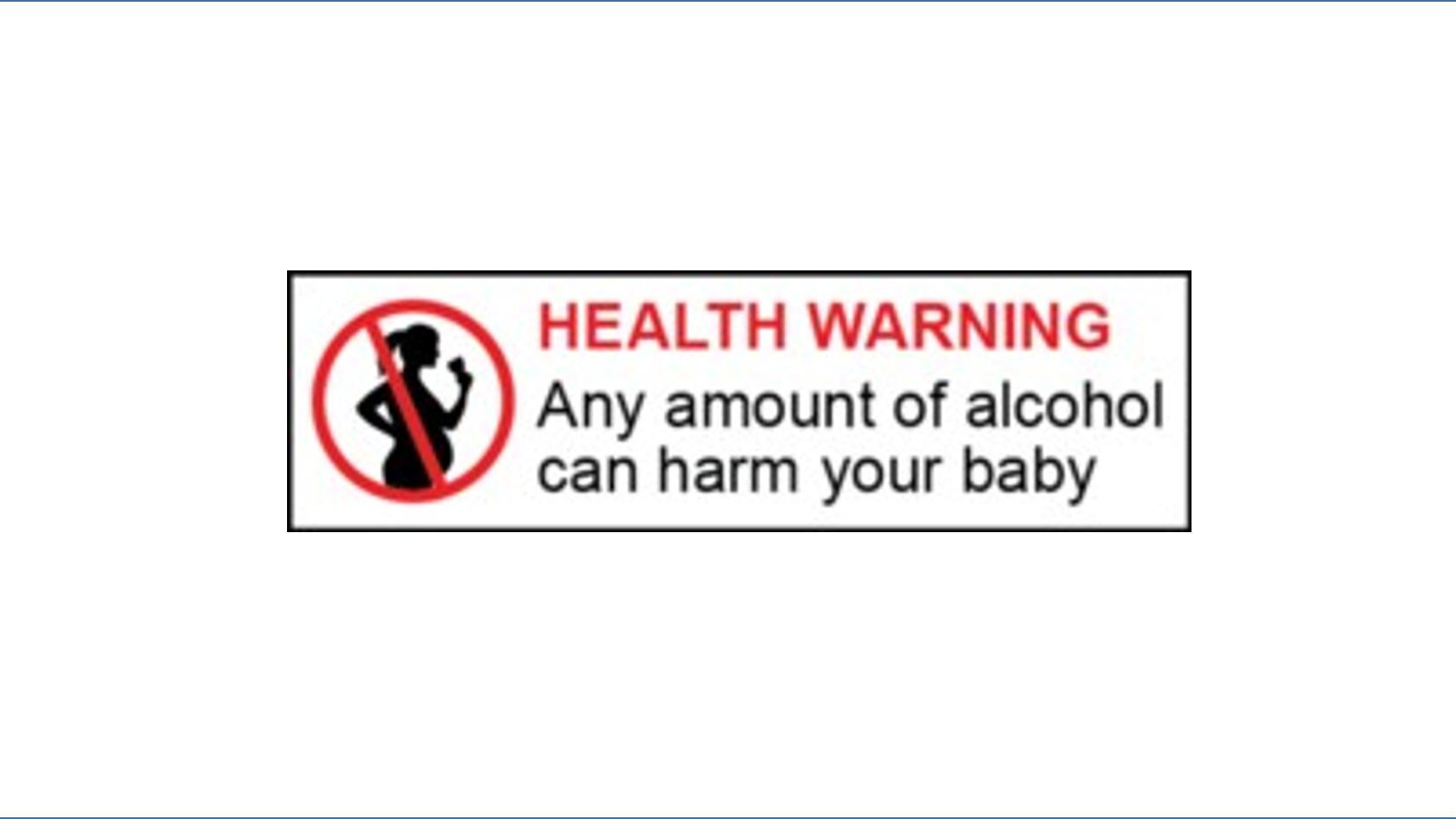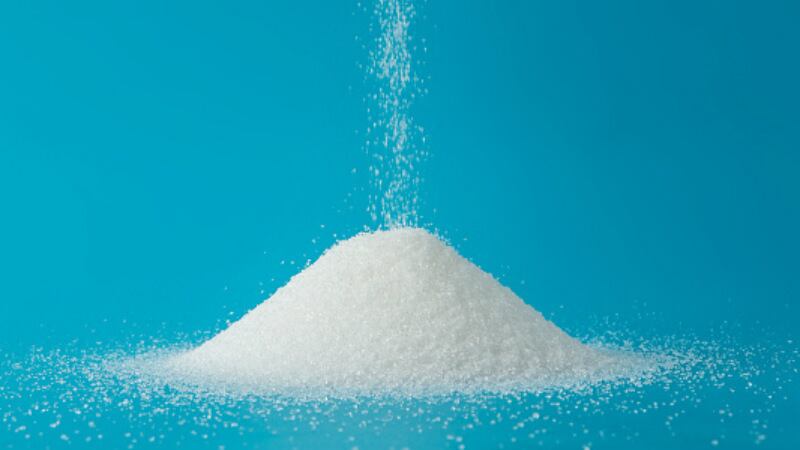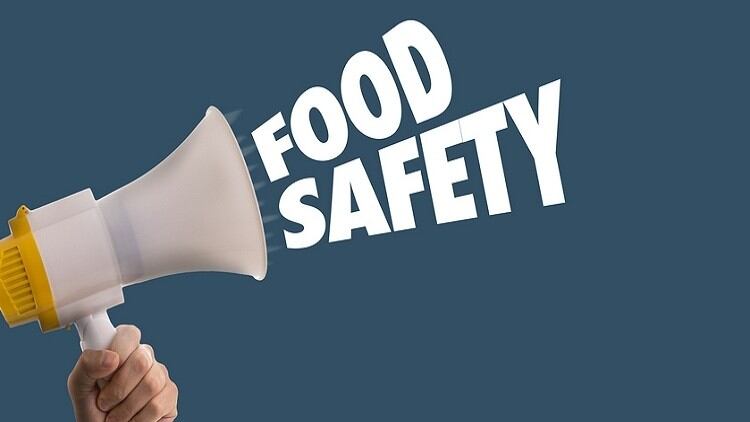The mandatory warning labels have been a work in progress by the agency since the Australia and New Zealand Ministerial Forum on Food Regulation convened last October and issued a communiqué calling for FSANZ to develop this ‘as a priority’.
According to FSANZ CEO Mark Booth, the current draft label will carry both pictorial and text warnings.
“[Both] a pictogram and a statement [will be included], to alert women to the risks of drinking alcohol during pregnancy as well as to raise awareness in the broader community," he said.
“The design process involved a review of existing evidence on the design of warning labels including features that attract consumer attention, as well as consumer testing of the warning statement specifically targeting women of child-bearing age in Australia and New Zealand to provide input."
In the 70-page ‘Pregnancy warning labels on packaged alcohol’ literature review by the agency, 46 studies from November 2008 to July 2019 were analysed, and five major dimensions of warning label effectiveness were analysed, which were Attention and Recall (discussed together), Reading and comprehension, Judgement, and Behavioural Compliance.
Amongst these, Attention and Recall were highlighted as important elements for effective implementation.
“To be effective, a warning label has to be noticed. It must draw the attention of a consumer,” said the review authors.
“Consumers’ attention to warning labels is influenced by a range of design factors [which] can be manipulated to enhance [their] noticeability – [these included] size, placement, colour, signal words and pictorials.”
Tackling the Comprehension dimension was somewhat more complicated. Although research on the standard pictogram (see picture) suggests it was ‘well understood’, the current warning statement used in voluntary labels (It’s safest not to drink while pregnant) found that a ‘small, but significant proportion’ of key target participants misunderstood the message it conveyed.
“[These study participants] interpreted the text as meaning you can drink when pregnant but it is safer not to,” said the review authors.
Clearest statement
In order to determine the best warning statement to use, FSANZ commissioned market research firm Roy Morgan to conduct the ‘Alcohol Warning Label Survey Australia and New Zealand.
Four identical labels (except for the statement’s wording) were tested on over 1,000 survey participants across Australia and New Zealand.
These were: ‘It’s safest not to drink while pregnant’, ‘Any amount of alcohol can cause lifelong harm to your baby’, ‘Any amount of alcohol can harm your baby’, and ‘Alcohol can harm your baby’.
Participants were shown all four labels and asked to select the one that best conveyed the message ‘to not drink any alcohol while pregnant’, amongst other diagnostic questions.
According to the firm’s final report, the ‘lifelong harm’ warning was selected as the best at conveying this message, with 52.4% of females and 59.8% of males in Australia, and 53.3% of females and 58.1% of males in New Zealand choosing this option.
When analysed across groups based on their proximity to pregnancy (how likely they were to get pregnant), similar results were seen. 54.1% and 53.3% of proximate pregnant participants across Australia and New Zealand respectively selected this statement, as did 56.6% and 56.5% of non-proximate pregnant participants in the countries.
“[When] asked why this preferred label was chosen, 39.5% Australian and 28.5% New Zealand participants who selected [this option] stated that the main reason [surrounded] the use of wording in the label, followed by 21.7% Australians and 17.2% New Zealanders saying that the label [most clearly conveyed] the message,” said the report authors.
Impact versus length
Despite this, in FSANZ’s Call for Submissions document on this matter, it was revealed that the agency is recommending that the statement ‘Any amount of alcohol can harm your baby’ be used instead after consulting with multiple stakeholders.
“Based on the policy advice provided to FSANZ, consideration of the best available evidence including the commissioned research, costs and benefits, stakeholder views and other relevant information, FSANZ proposes [this] mandatory pregnancy warning label (see picture) for packaged alcoholic beverages,” the agency said in the document.
It also concurred that the ‘lifelong harm’ statement was ‘the most frequently chosen warning’ that ‘best reflects the advice’ based on the consumer survey, and also that the shorter statement they had selected ‘did not perform as well’ especially in Australia.
However, it also insisted that ‘In conclusion, overall [both] the statements tended to perform best in both Australia and New Zealand in conveying the desired message’ and pushed for this to be accepted due to its shorter length.
“FSANZ proposes to include [this statement] in the pregnancy warning label as overall it performed well and has the advantage of being a shorter statement,” said the agency.
“[This is] a desirable feature noted by both industry and public health stakeholders, as a shorter statement will improve readability and take up less space on the label.
“In addition, the concept of alcohol consumption during pregnancy causing lifelong harm is included in the broader suite of measures aimed at reducing alcohol consumption during pregnancy.”
FSANZ will accept input from the public until October 27. An approval report for consideration is expected by December this year, and if no review is required, gazettal is expected by March 2020.





